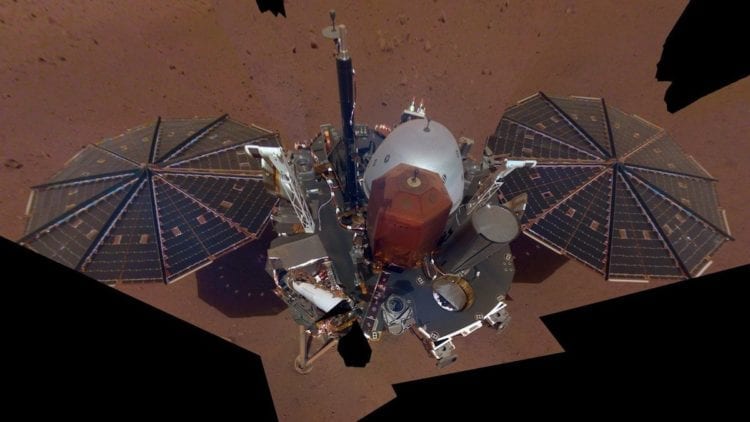Thanks to its InSight lander, NASA has been able to learn a lot about the mysterious planet of Mars over the past five years. But the agency’s latest findings seem to raise more questions than they answer: Based on the results of a recent study, scientists have concluded that Mars’ rotation rate is accelerating.
What does this mean? For one thing, the length of a day on Mars is getting shorter. Currently, a day on the red planet is about the same as one on Earth: 24.6 hours. According to NASA, that length will shorten by a fraction of a millisecond per year based on data that shows Martian planetary rotation increasing by roughly 4 milliarcseconds per year. (A milliarcsecond is a unit of angle measurement often used in astronomy to calculate distances across the celestial sphere).
The fact that NASA can detect this kind of shift is a credit to both its science and the data retrieved by the InSight lander. The data in question was gathered by InSight during the four years it remained operational on Mars’ volcanic Elysium Planitia region. The lander sent its final images back to Earth in December 2022 after it ran out of energy.

MORE: See the first clear image from NASA’s new Mars lander
As NASA notes, the speed-up is a “subtle acceleration.” By comparison, the Earth’s rotation is actually slowing down, and that shift has been more noticeable, though still small. Scientists estimate that our days are getting longer by as much as 2.3 milliseconds every century thanks to the drag caused by the moon’s gravitational pull.
So what’s causing the rotation shift on Mars? NASA doesn’t have a clear answer as of yet. Their best guess so far is that it’s due to the shifting of large volumes of ice. It may be a case of “post-glacial rebound,” with land masses pushing up after being buried in ice. The change may also be due to excess accumulation on Mars’ polar ice caps. The opposite effect has actually occurred on Earth, where melting ice has caused subtle shifts in the tilt of the planetary axis.
MORE: NASA detects Voyager 2 ‘heartbeat’ after losing contact in late July
The research is detailed in a study published recently in Nature, which also reveals InSight data that indicates the red planet probably does not have a solid inner core. Instead, Mars’ center is made of molten metal, which “sloshes” and makes the planet wobble as it rotates.
This story originally appeared on Simplemost. Check out Simplemost for additional stories.


